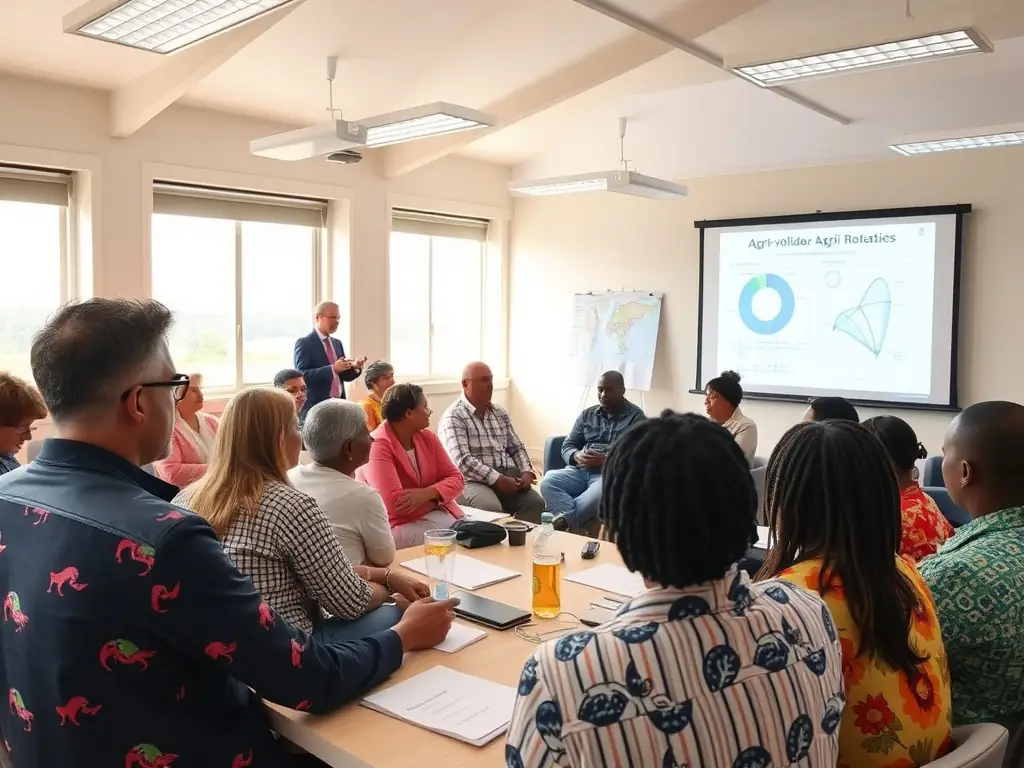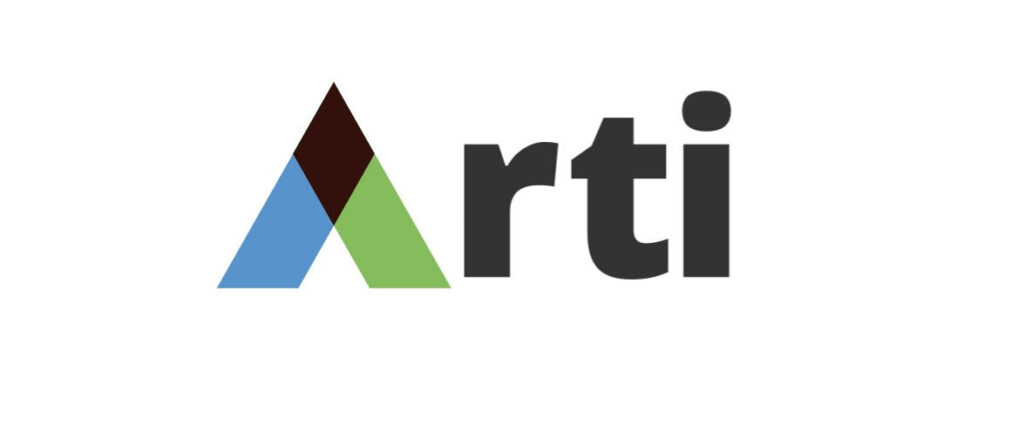Market Overview of Global Agrivoltaics Market, 2024-2034
Agrivoltaics is revolutionizing the way we utilize land by combining agricultural and photovoltaic production. With a growing global population and limited arable land, the demand for agri-electricity is booming. This innovative approach not only boosts food production but also reduces water usage and generates sustainable energy. As climate change and resource scarcity become pressing issues, agrivoltaics offers a promising solution to meet the rising food and energy demands.
Suitability of profitable diversified farming systems focussing on intensification
Key Insights
Bivariate map of integrated potential for intensification and profitability of diversified farming systems. Yellow indicates high potential for both profitable diversification and potential for intensification while gray indicates less of both. Blue indicates high potential for intensification and low suitability for profitable diversification while red, indicates high suitability for profitable diversification and low potential for intensification.
Connecting China - Türkiye via silk road trade routes of the past, present and improved status in the future
Transformation of Türkiye to becoming an Active, high-value added contributor to the silk road trade network rather than a passive participant acting solely as a logistical hub.
Qadr will determine the status of the connection between Erzurum and Basra via the Firat and Dajla in the future
Fertile Crescent of the World
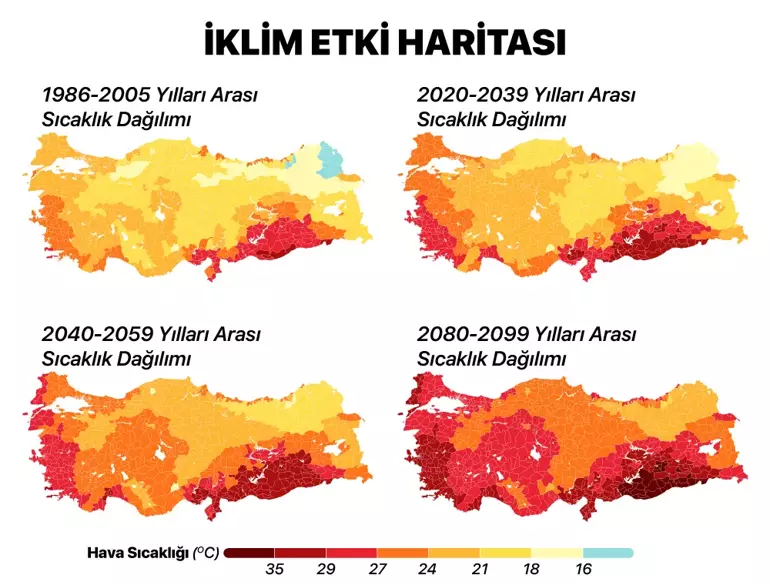
Water and Rangeland Management
Key Initiatives
Rangeland Management: To restore natural vegetation in rangelands, the Ministry of Agriculture is working on the establishment of desert oases and water wells, pastures in grazing areas, and the use of drought-tolerant plants using modern irrigation methods to avoid overgrazing. Several projects on water harvesting have also been established to improve water management (especially during times of droughts and low rainfall) and reduce run-off. Forest Management: The Ministry of Agriculture’s current initiatives focus on improved forest management and forest production through the establishment of tree nurseries and the distribution of tree seedlings. Increased tree coverage serves to create windbreaks and green belts to prevent wind erosion.
Sustainable Water Management Practices

Addressing Türkiye's Imbalances
This annual trade deficit highlights the urgent need for innovative Agri-voltaic practices. Türkiye’s export value was US$256BLN against its imports at US$362BLN as of year-end 2023. Türkiye’s only leverage of power left on the table is via Agricultural, Husbandry, Apiary, and Aquaculture areas in order for the country to declare its official independence economically while increasing the average welfare level of the country over a wide range of rural regions while employing a large number of workers.
Istanbul’s population growth necessitates and calls for sustainable solutions to manage regional and industrial imbalances effectively.
We envision a future where Agri-Husbandry-Apiary-Aquaculture and renewable energy co-exist to empower Türkiye. Total required surface area in hectares to realise energy independence at 90 GW of total Agri-voltaic installed capacity at a scale of 1,552 x 58MW Agri-voltaic farms over the next 10 years. 192,000 hectares represents 1% of total farm land in Türkiye. Agri-voltaic production systems can lower farmer input costs and de-risk PV energy investments against Agri-husbandry-apiary-
79% of country at risk to desertification due to soil erosion at 642M tons of soil annually.
Soil is extremely fragile in Turkey, with 79% of the country at risk of severe to moderate desertification, mostly due to erosion, which costs Turkey 642 million tons of fertile soil annually. Erosion affects 39% of agricultural land and 54% of pasture land. Erosion of the most fertile top layers pushes farmers to use more fertilizer, which can in turn threaten food safety.
Our Agri-voltaic systems are designed to support local communities and create job opportunities. Number of projects required at a scale of 58mw 124ha farms to realise energy independence.
Nearly all of Türkiye’s food is grown in the country, but agricultural lands have shrunk to 23.1 million hectares in 2023, down from 27.5 in 1992 — a loss of almost 20%. Türkiye has lost 40% of its pasture land since 1970, with the area shrinking from 21.7 million hectares to 13 million by 2023.
Türkiye's Trade Balance Insights
Explore the yearly and quarterly trade balance of Türkiye with its top-20 export and import partners in US$BLN 2014-2023. Discover the trends and shifts in trade dynamics over these years.


Threats and Challenges
- Deteriorating security situation
- Continuous deterioration in water quality and agriculture land
- Weak urban planning and fragmentation of agricultural sector
- High prices of agricultural production inputs (seeds, fertilisers, fighting materials and fuel)
- Uncontrolled imports of agricultural products
- Limited profit margins in agricultural sector
- Climate fluctuations, repeated years of drought, low rainfall high temperature which leads to land degradation
- Lack of financing in the state budget due to economic crisis
- Low unit area productivity
- Reliance on traditional methods of agriculture
- Dependence on imported agricultural products
- Low coordination between government institutions
- Poor agricultural marketing policies that control quality and production standards
- Low water use efficiency and water mismanagement
- Use of traditional irrigation methods
Plant Product Investments
Invest in modern fixed investments for closed plant production, enhancing efficiency and output.
Animal Product Investments
Opportunities in cattle, sheep, and poultry breeding, as well as slaughterhouse facilities.
Renewable Energy Facilities
Invest in geothermal, biogas, solar, and wind energy for irrigation and greenhouse use.
Aquaculture
Cultivation in seas and inland waters, focusing on sustainable and organized industrial zones.
Government Incentives for Clean Energy
Tax Credits
Directly reduce your tax liability with solar energy system tax credits, making your investment more affordable.
Rebates
Receive cash rebates post-purchase to lower the overall cost of your solar panel system.
Grants
Access government grants to support your transition to renewable energy in aquaculture.
Feed-in Tariff
Earn money by feeding excess power back into the grid with competitive feed-in tariffs.
Maximize Your Agri-Voltaic Investment
Innovative Solutions for Food and Energy Security
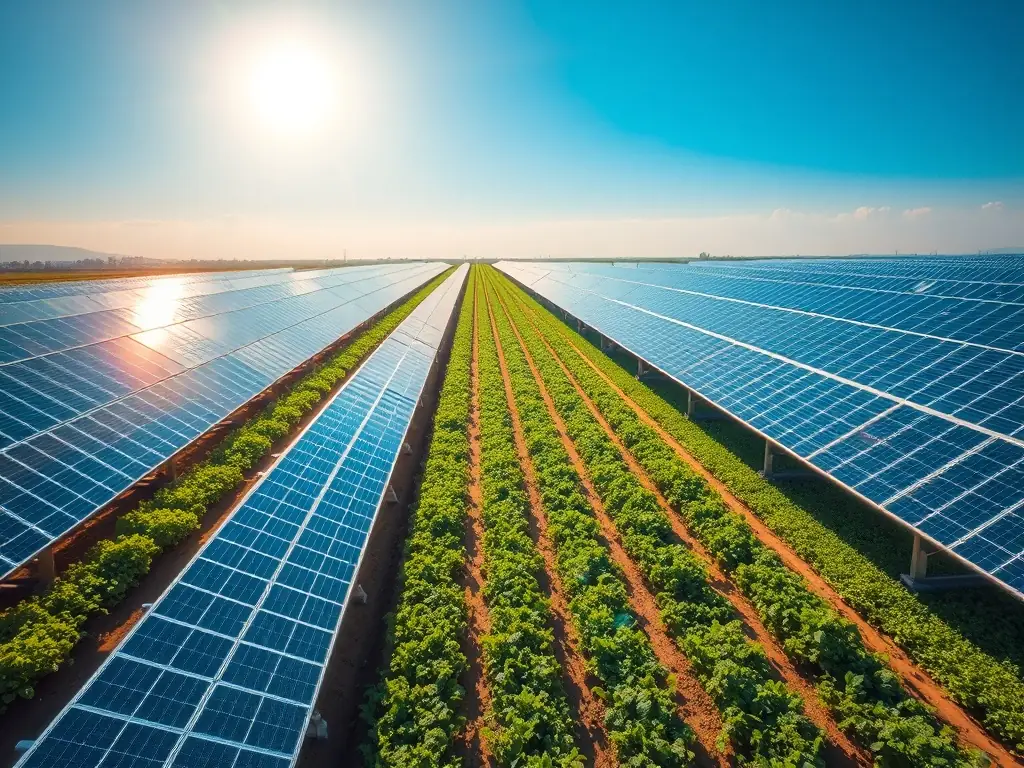
Harnessing Solar Power for Agriculture
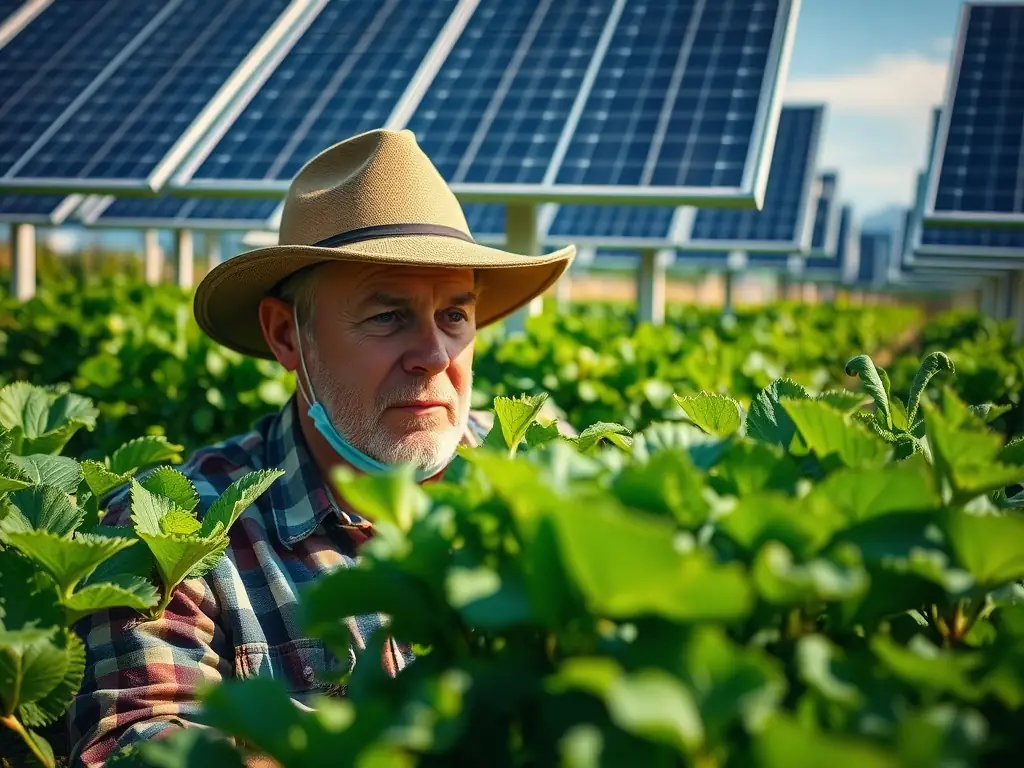
Empowering Farmers with Technology
